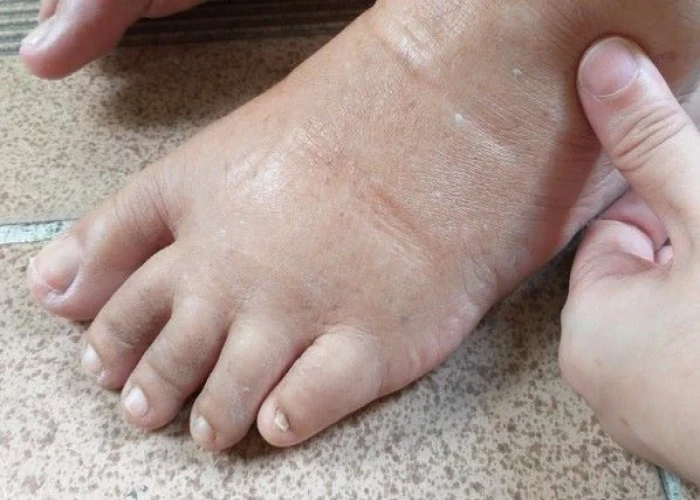 Welcome
Welcome
“May all be happy, may all be healed, may all be at peace and may no one ever suffer."
Pulmonary edema
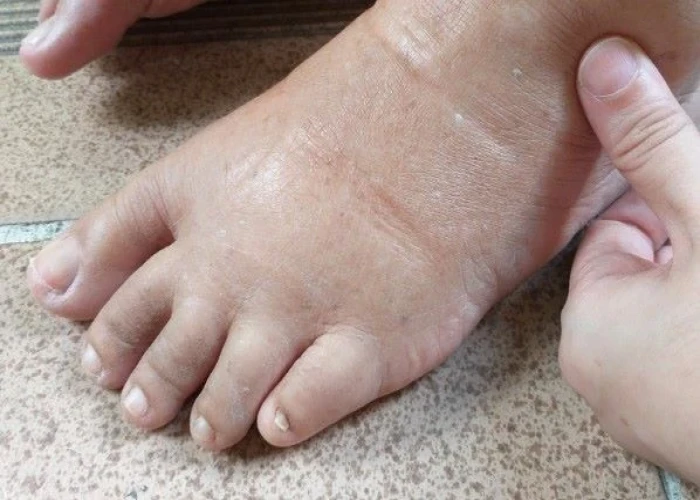
Pulmonary edema is a medical condition in which excess fluid accumulates in the lungs. This can lead to difficulty breathing, coughing, wheezing, and a sensation of drowning or suffocation.
There are several possible causes of pulmonary edema, including heart failure, kidney failure, severe infections, lung injury or inflammation, and exposure to toxins or high altitudes. In some cases, pulmonary edema may also be a side effect of certain medications.
Treatment for pulmonary edema typically focuses on removing the excess fluid from the lungs and addressing the underlying cause of the condition. This may involve the use of medications such as diuretics to promote urine production and decrease fluid in the body, oxygen therapy to improve breathing, and medications to improve heart function or treat underlying infections or inflammation.
In severe cases, pulmonary edema may require hospitalization and close monitoring in an intensive care unit. Mechanical ventilation or extracorporeal membrane oxygenation (ECMO) may also be necessary to support breathing and oxygenation.
If left untreated, pulmonary edema can lead to respiratory failure, organ damage, and even death. Therefore, it is important to seek medical attention promptly if symptoms of pulmonary edema develop, such as sudden shortness of breath or chest pain.
Research Papers
Disease Signs and Symptoms
- Inability to breathe
- More shortness of breath than normal when physically active
- Difficulty breathing with activity or when lying flat
- A feeling of suffocating or drowning that worsens when lying down
- Difficulty breathing (dyspnea) or extreme shortness of breath that worsens with activity or when lying down
- Swollen (Edema)
- Chest pain
- Weakness
- Fatigue (Tiredness)
- Rapid weight gain
- Rapid fluttering heartbeats (palpitations)
- Irregular heartbeats (arrhythmia)
- Blue lips (cyanosis)
- Anxiety, agitation or restlessness
- Anxiety
- Shortness of breath (dyspnea)
- Shortness of breath with activity, which worsens to shortness of breath at rest
Disease Causes
Pulmonary edema
The causes of pulmonary edema vary. Pulmonary edema is grouped into two categories, depending on where the problem started.
- If a heart problem causes the pulmonary edema, it's called cardiogenic pulmonary edema. Most often, the fluid buildup in the lungs is due to a heart condition.
- If pulmonary edema is not heart related, it's called noncardiogenic pulmonary edema.
- Sometimes, pulmonary edema can be caused by both a heart problem and a non-heart problem.
Understanding the relationship between your lungs and your heart can help explain why pulmonary edema may occur.
How your lungs work
Your lungs contain many small, elastic air sacs called alveoli. With each breath, these air sacs take in oxygen and release carbon dioxide. Normally, this exchange of gases occurs without problems.
But sometimes, the alveoli fill with fluid instead of air, preventing oxygen from being absorbed into your bloodstream.
How your heart works
Your heart is made of two upper and two lower chambers. The upper chambers (the right and left atria) receive incoming blood and pump it into the lower chambers (right and left ventricles). The lower chambers pump blood out of your heart.
Normally, deoxygenated blood from all over your body enters the right atrium then the right ventricle, where it's pumped through large blood vessels (pulmonary arteries) to your lungs. There, the blood releases carbon dioxide and picks up oxygen as it flows by the alveoli.
The oxygen-rich blood then returns to the left atrium through the pulmonary veins, flows through the mitral valve into the left ventricle and finally leaves your heart through the largest blood vessel in the body, called the aorta.
The heart valves keep blood flowing in the correct direction. The aortic valve keeps the blood from flowing backward into your heart. From the aorta, the blood travels to the rest of your body.
Heart-related (cardiogenic) pulmonary edema
Cardiogenic pulmonary edema is caused by increased pressures in the heart.
It's usually a result of heart failure. When a diseased or overworked left ventricle can't pump out enough of the blood it gets from your lungs, pressures in the heart go up. The increased pressure pushes fluid through the blood vessel walls into the air sacs.
Medical conditions that can cause heart failure and lead to pulmonary edema include:
- Coronary artery disease. Over time, the arteries that supply blood to your heart muscle can become narrow from fatty deposits (plaques). A slow narrowing of the coronary arteries can make the left ventricle weak. Sometimes, a blood clot forms in one of these narrowed arteries, blocking blood flow and damaging part of your heart muscle, resulting in a heart attack. A damaged heart muscle can no longer pump as well as it should.
- Cardiomyopathy. This term means heart muscle damage. If you have cardiomyopathy, your heart has to pump harder, and pressures go up. The heart may be unable to respond to conditions that require it to work harder, such as exercise, infection or a rise in blood pressure. When the left ventricle can't keep up with the demands that are placed on it, fluid backs up into your lungs.
- Heart valve problems. Narrowing of the aortic or mitral heart valves (stenosis) or a valve that leaks or doesn't close properly affects blood flow into the heart. The heart has to work harder, and pressures go up. If valve leakage develops suddenly, you may develop sudden and severe pulmonary edema.
- High blood pressure (hypertension). Untreated or uncontrolled high blood pressure can enlarge the heart.
- Other heart problems. Inflammation of the heart muscle (myocarditis), congenital heart defects and abnormal heart rhythms (arrhythmias) also may cause pulmonary edema.
- Kidney disease. High blood pressure due to narrowed kidney arteries (renal artery stenosis) or fluid buildup due to kidney disease can cause pulmonary edema.
- Chronic health conditions. Thyroid disease and a buildup of iron (hemochromatosis) or protein (amyloidosis) also may contribute to heart failure and cause pulmonary edema.
Non-heart-related (noncardiogenic) pulmonary edema
Pulmonary edema that is not caused by increased pressures in your heart is called noncardiogenic pulmonary edema.
Causes of noncardiogenic pulmonary edema include:
- Acute respiratory distress syndrome (ARDS). This serious disorder occurs when your lungs suddenly fill with fluid and inflammatory white blood cells. Many conditions can cause ARDS, including severe injury (trauma), widespread infection (sepsis), pneumonia and severe bleeding.
- Adverse drug reaction or drug overdose. Many drugs — ranging from aspirin to illegal drugs such as heroin and cocaine — are known to cause pulmonary edema.
- Blood clot in the lungs (pulmonary embolism). If a blood clot travels from the blood vessels in your legs to your lungs, you can develop pulmonary edema.
- Exposure to certain toxins. Inhaling toxins or breathing in some of your stomach contents when you vomit (aspiration) causes intense irritation of the small airways and alveoli, resulting in fluid buildup.
- High altitudes. Pulmonary edema has been seen in mountain climbers, skiers, hikers and other people who travel to high elevations, usually above 8,000 feet (about 2,400 meters). High-altitude pulmonary edema (HAPE) generally occurs in those who don't first become acclimated to the elevation (which can take from a few days to a week or so). But people who live at high altitudes can get HAPE with no elevation change if they have a respiratory infection.
- Near drowning. Inhaling water causes fluid buildup in the lungs that is reversible with immediate medical care.
- Negative pressure pulmonary edema. Pulmonary edema can develop after a blockage in the upper airway causes negative pressure in the lungs from intense efforts to breathe despite the blockage. With treatment, most people with this type of pulmonary edema recover in about 24 hours.
- Nervous system conditions or procedures. A type of pulmonary edema called neurogenic pulmonary edema can occur after a head injury, seizure or brain surgery.
- Smoke inhalation. Smoke from a fire contains chemicals that damage the membrane between the air sacs and the capillaries, allowing fluid to enter your lungs.
- Transfusion-related lung injury. Blood transfusions may cause fluid overload in the left ventricle, leading to pulmonary edema.
- Viral infections. Pulmonary edema can be caused by viruses such as the hantavirus and dengue virus.
Disease Prevents
Pulmonary edema
You may be able to prevent pulmonary edema by managing existing heart or lung conditions and following a healthy lifestyle.
For example, you can reduce your risk of many kinds of heart problems by taking steps to control your cholesterol and blood pressure. Follow these tips to keep your heart healthy:
- Eat a healthy diet rich in fresh fruits, vegetables, whole grains, fat-free or low-fat dairy, and a variety of proteins.
- Manage your weight.
- Get regular exercise.
- Don't smoke.
- Limit salt and alcohol.
- Manage stress.
Preventing high-altitude pulmonary edema (HAPE)
To prevent HAPE, gradually ascend to high elevations. Although recommendations vary, most experts advise increasing elevation no more than 1,000 to 1,200 feet (about 300 to 360 meters) a day once you reach 8,200 feet (about 2,500 meters).
Some climbers take prescription medications such as acetazolamide or nifedipine (Adalat CC, Procardia) to help prevent signs and symptoms of HAPE. To prevent HAPE, start taking the medication at least one day before ascent. Ask your doctor how long you need to take the medication after you've arrived at your high-altitude destination.
Disease Treatments
The first treatment for acute pulmonary edema is supplemental oxygen. You usually receive oxygen through a face mask or nasal cannula — a flexible plastic tube with two openings that deliver oxygen to each nostril. This should ease some of your symptoms.
Your doctor will monitor your oxygen level closely. Sometimes it may be necessary to assist your breathing with a machine such as a mechanical ventilator or one that provides positive airway pressure.
Depending on the severity of your condition and the reason for your pulmonary edema, you may also receive one or more of the following medications:
- Diuretics. Doctors commonly prescribe diuretics, such as furosemide (Lasix), to decrease the pressure caused by excess fluid in your heart and lungs.
- Morphine (MS Contin, Oramorph, others). This narcotic may be taken by mouth or given through an IV to relieve shortness of breath and anxiety. But some doctors believe that the risks of morphine may outweigh the benefits and are more likely to use other drugs.
- Blood pressure drugs. If you have high or low blood pressure when you develop pulmonary edema, you'll be given medications to help manage the condition. Your doctor may also prescribe medications that lower the pressure going into or out of your heart. Examples of such medicines are nitroglycerin (Nitromist, Nitrostat, others) and nitroprusside (Nitropress).
- Inotropes. This type of medication is given through an IV if you are in the hospital with severe heart failure. Inotropes improve heart pumping function and maintain blood pressure.
It is important to diagnosis and treat, if possible, any nervous system problems or causes of heart failure.
Treating high-altitude pulmonary edema (HAPE)
As with other forms of pulmonary edema, oxygen is the usually the first treatment. If supplemental oxygen isn't available, you may use portable hyperbaric chambers, which imitate a descent for several hours until you are able to move to a lower elevation.
Treatments for high-altitude pulmonary edema (HAPE) also include:
- Immediately descending to a lower elevation. If you're climbing or traveling at high altitudes and have mild symptoms of HAPE, descend 1,000 to 3,000 feet (about 300 to 1,000 meters) as quickly as you can, within reason. Depending on the severity of your condition, you may need rescue assistance to get off the mountain.
- Stop exercising and stay warm. Physical activity and cold can make pulmonary edema worse.
- Medication. Some climbers take prescription medications such as acetazolamide or nifedipine (Adalat CC, Procardia) to help treat or prevent symptoms of HAPE. To prevent HAPE, medication is started at least one day before ascent.
Disease Diagnoses
Disease Allopathic Generics
Disease Ayurvedic Generics
Disease Homeopathic Generics
Disease yoga
Pulmonary edema and Learn More about Diseases
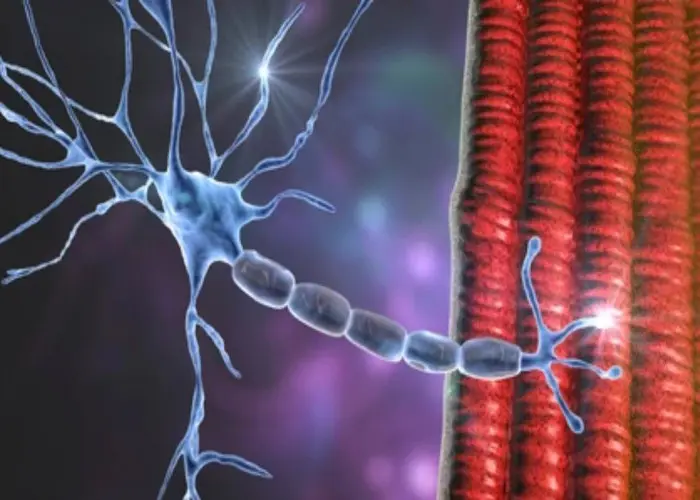
Congenital myasthenic syndromes
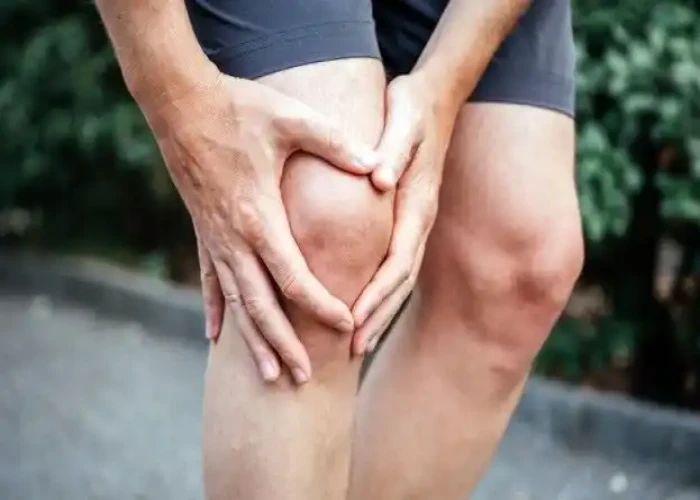
Torn meniscus
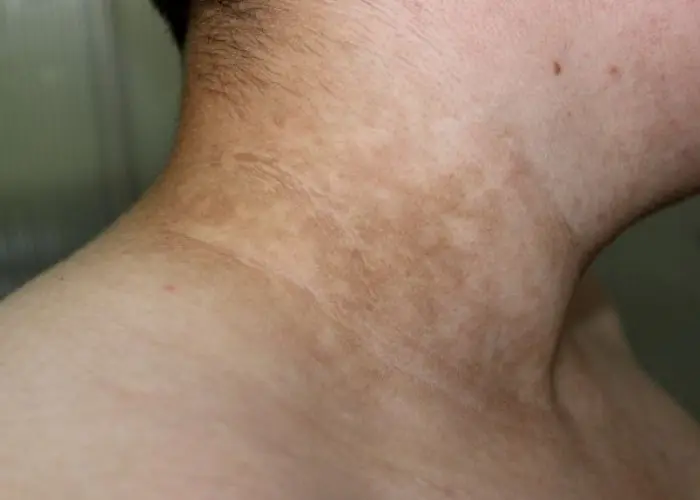
Acanthosis nigricans

Gastroesophageal reflux disease (GERD)

Bed-wetting

Night Discharge

Thunderclap headaches
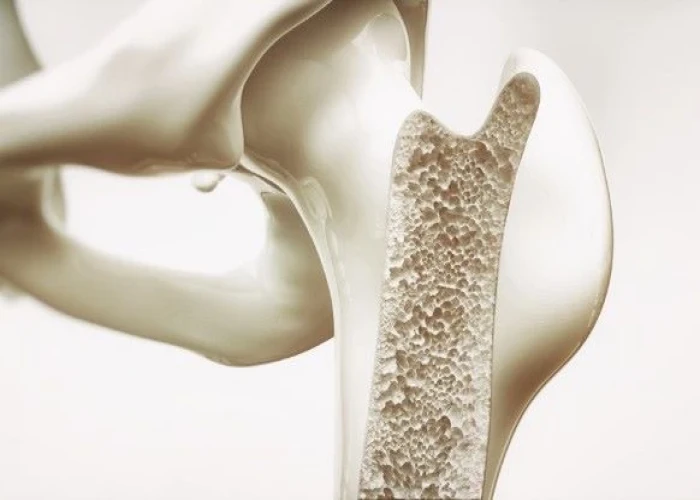
Osteoporosis
pulmonary edema, ফুসফুসীয় শোথ, পালমোনারি এডিমা
To be happy, beautiful, healthy, wealthy, hale and long-lived stay with DM3S.
